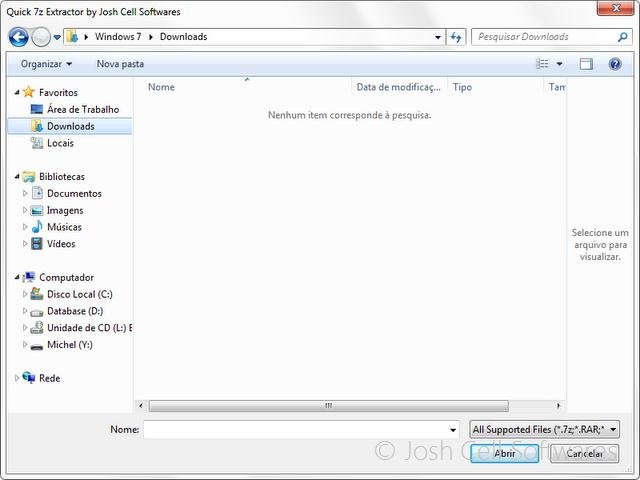

.DD FILE EXTRACTOR ZIP
The zip folder contains zip files which can be converted to docx files. Finish: Tue Oct 29 17:23:44 2019 33 FILES EXTRACTED jpg:= 7 gif:= 3 bmp:= 1 rif:= 1 htm:= 12 zip:= 4 png:= 2 pdf:= 3 -įoremost has carved out 33 files of 8 different types. # cat output/audit.txt Foremost version 1.5.7 by Jesse Kornblum, Kris Kendall, and Nick Mikus Audit File Foremost started at Tue Oct 29 17:23:35 2019 Invocation: foremost usb.dd Output directory: /home/Downloads/output Configuration file: /etc/nf - File: usb.dd Start: Tue Oct 29 17:23:35 2019 Length: 512 MB (536870912 bytes) Num Name (bs=512) Size File Offset Comment 0: 00190200.wav 45 KB 97382400. Note that no alternative path was defined, which could have been achieved with the option -o. the audit.txt which contains a summary of what it has found, along with size and file offset location. #foremost usb.ddĪfter foremost has finished, a folder called output will be created incl. It works on image files, such those generated by dd. Disk Analysis with Foremostįoremost is a forensic and simple CLI tool that tries to recover deleted files by reading the headers,footers and data structures of the file. The 0x55aa indicates the end of the MBR sector. Please refer to the above source, for getting detailed information about the specific Bytes.

.DD FILE EXTRACTOR SERIAL
The last part of the BPB part gives us the volume serial number. The first 3 Bytes define the Jump Instruction, the following 8 Bytes give infomoration about the OEM ID, and so on.

It is nothing new, that we could not extract from other tools. I found this source, which gives insight to the NTFS boot sector layout and a detailed explanation thereof. With the xxd command it is possible to view the hex dump of the NTSF Boot Sector. # minfo -i usb.dd device information: = filename="usb.dd" sectors per track: 63 heads: 255 cylinders: 0 media byte: f8 mformat command line: mformat -t 0 -h 255 -s 63 -i "usb.dd" :: bootsector information = banner:"NTFS " sector size: 512 bytes cluster size: 8 sectors reserved (boot) sectors: 0 fats: 0 max available root directory slots: 0 small size: 0 sectors media descriptor byte: 0xf8 sectors per fat: 0. You can skip this section if you are not interested in the NTFS boot sector layout and bootsector information. minfo from mtoolsĪlternatively one can use minfo from the mtools package.
.DD FILE EXTRACTOR SERIAL NUMBER
usb.dd usb.dd: DOS/MBR boot sector, code offset 0x52+2, OEM-ID "NTFS ", sectors/cluster 8, Media descriptor 0xf8, sectors/track 63, heads 255, hidden sectors 2048, dos < 4.0 BootSector (0x0), FAT (1Y bit by descriptor) NTFS, sectors/track 63, physical drive 0x80, sectors 1048575, $MFT start cluster 43690, $MFTMirror start cluster 2, bytes/RecordSegment 2^(-1*246), clusters/index block 1, serial number 0ae78e78878e74da1 contains bootstrap BOOTMGRįrom the above output it is visible that there is a DOS/MBR Boot Sector. Running the “file” command provides information on the file system and other relevant data. Success in actually recovering deleted files will vary from file system types. There exist heap of investigation tools for forensic analysis, please leave me a note with other suggestions. Below I will go through some of the tools which come pre-installed with Linux distributions. In order to recover deleted data one can use one of the many digital forensics tools. The goal is to find suspicous files (most probably deleted) on the drive. Furthermore, to be sure that the image is the same copy of information a integrity check can be done. It’s good practise to make an image/copy of the device for further analysis and keep the original USB drive for evidence. dd image, a bit to bit copy of the original USB drive. The starting point of the analysis was a.


 0 kommentar(er)
0 kommentar(er)
